Optimal Timing for Garden Hedging Care
Choosing the optimal time for planting or trimming garden hedgings can significantly impact their growth and appearance. Proper timing ensures healthy development, dense foliage, and long-lasting results.
Spring is ideal for planting new hedgings, as it allows plants to establish roots before the growing season.
Trimming during late spring promotes dense growth and maintains shape without damaging new shoots.
Autumn is suitable for light pruning to prepare hedges for winter, avoiding harsh cuts during cold weather.
Trimming in winter can harm plants due to cold stress and reduced growth activity.

Young hedging plants established in spring develop strong roots for sustained growth.
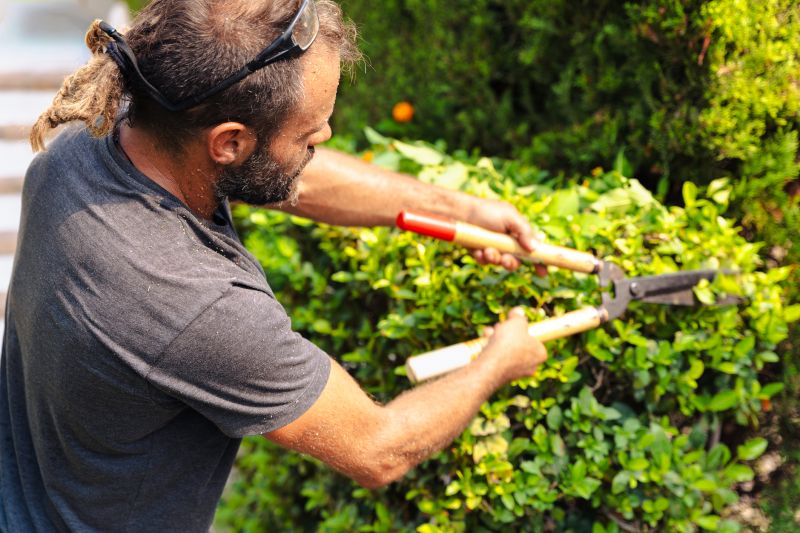
Regular trimming during summer maintains the desired hedge shape.

Light pruning in autumn prepares hedges for the dormant season.
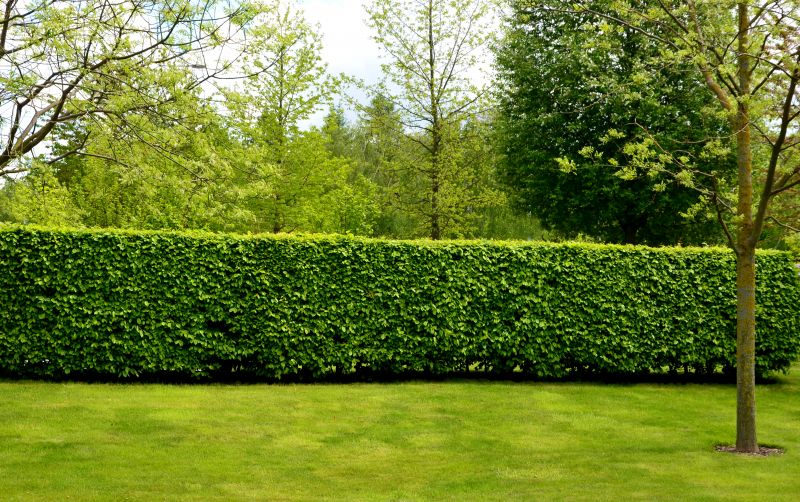
Ways to make Garden Hedgings work in tight or awkward layouts.

Popular materials for Garden Hedgings and why they hold up over time.
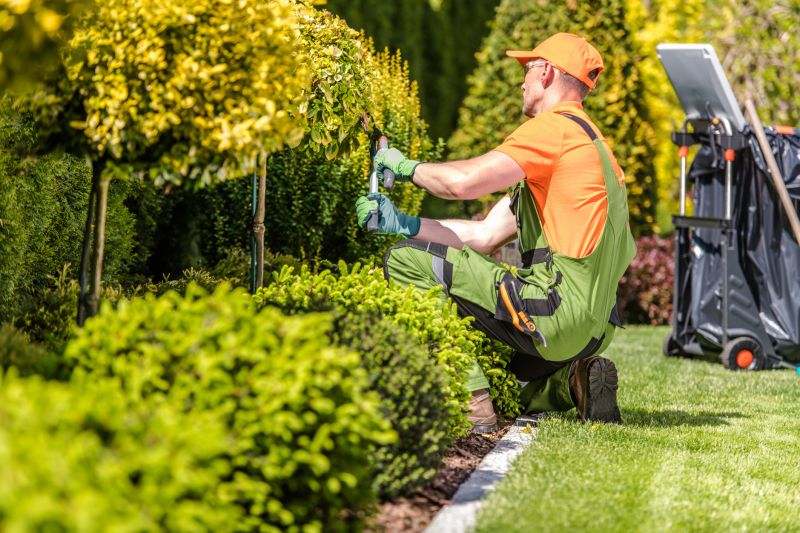
Simple add-ons that improve Garden Hedgings without blowing the budget.
| Season | Recommended Activity |
|---|---|
| Spring | Plant new hedges and perform early trimming. |
| Early Summer | Maintain shape with regular trims. |
| Late Summer | Light pruning and shaping. |
| Autumn | Light pruning and preparation for dormancy. |
| Winter | Avoid heavy trimming; minimal maintenance. |
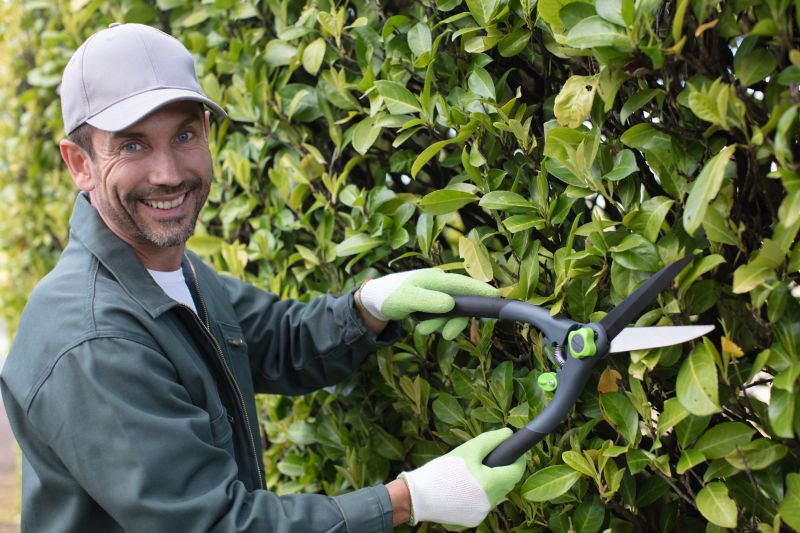
Proper timing ensures dense, lush foliage and long-lasting beauty.
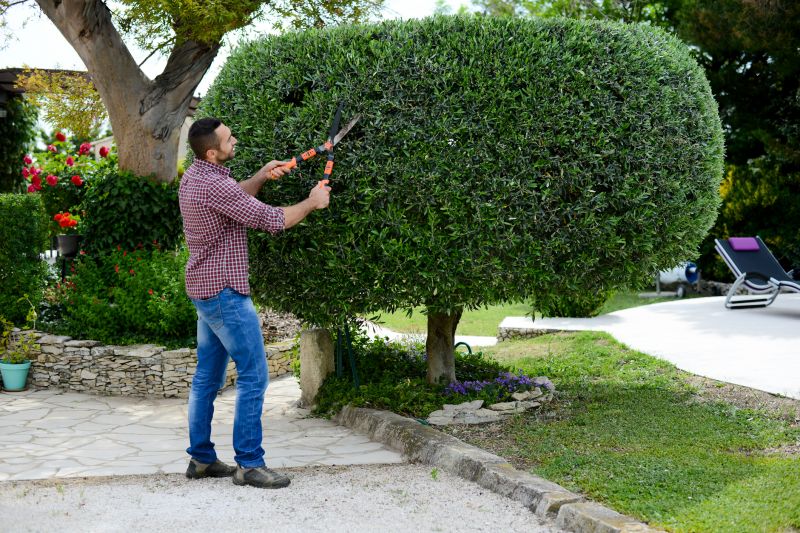
Understanding growth cycles aids in scheduling planting and trimming.
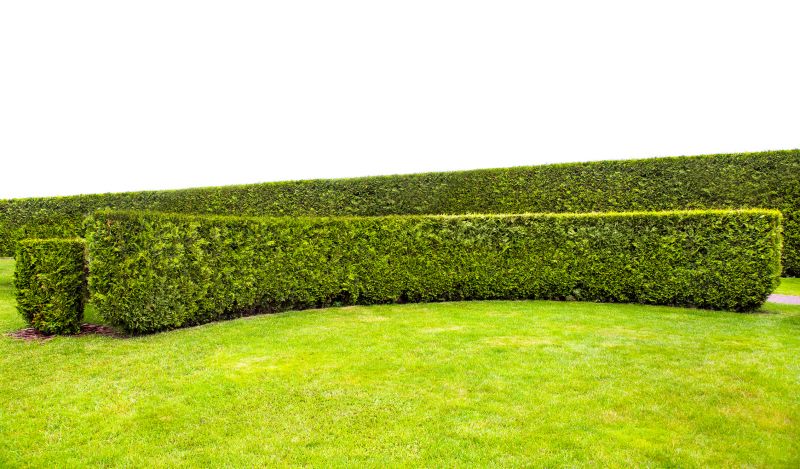
Timely care supports healthy development and aesthetic appeal.

Different species respond best to specific planting and trimming windows.

High-end options that actually feel worth it for Garden Hedgings.

Finishes and colors that play nicely with Garden Hedgings.

Little measurements that prevent headaches on Garden Hedgings day.

A 60-second routine that keeps Garden Hedgings looking new.

A frequent mistake in Garden Hedgings and how to dodge it.

Small tweaks to make Garden Hedgings safer and easier to use.

Lower-waste or water-saving choices for Garden Hedgings.

The short, realistic tool list for quality Garden Hedgings.
Statistics indicate that hedges planted during optimal seasons experience better growth rates and require less corrective pruning. Regular maintenance aligned with seasonal cycles promotes uniformity and longevity. Considering local climate and plant species-specific needs can maximize the effectiveness of hedge management.

Well-timed planting results in dense, vibrant foliage.

Aligning trimming with growth cycles ensures healthy development.

Selecting the right species is key to achieving desired landscape effects.
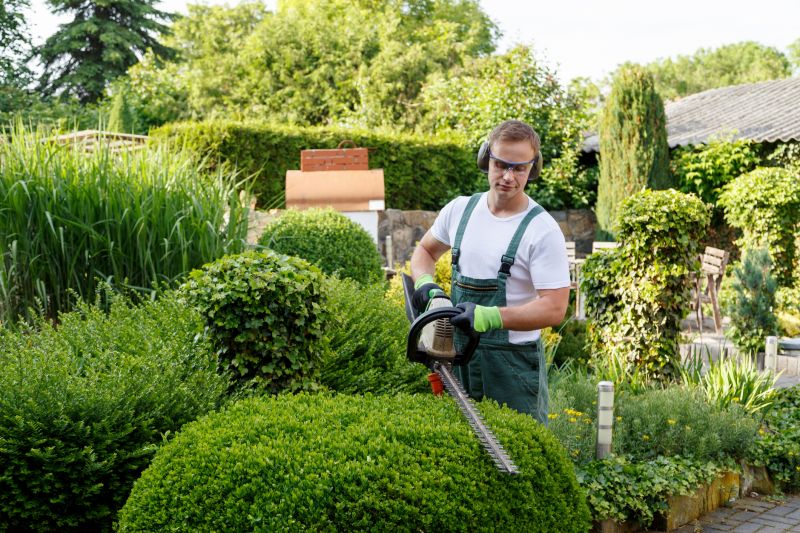
Rough timing from prep to clean-up for Garden Hedgings.

Quick checks and paperwork to keep after Garden Hedgings.

Examples that show the impact a good Garden Hedgings can make.

Ways to make Garden Hedgings work in tight or awkward layouts.

Ways to make Garden Hedgings work in tight or awkward layouts.
For those interested in establishing or maintaining garden hedgings, filling out the contact form provides an opportunity to discuss tailored solutions suited to specific landscape goals and regional conditions.
